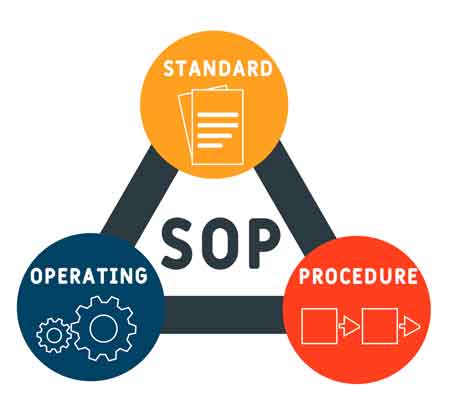It is crucial for the investigator’s site to have Clinical Research Standard Operating Procedure (SOPs) in place to determine protocol feasibility for the site. It is important to evaluate the protocol, evaluate the test article (if applicable), assess the potential impact on subjects and review the budget for the clinical research study. All of these pieces must fall into place before a clinical research site determines if it is feasible to carry out a protocol at its site or not. A failed study benefits no one in the research community or the patient population. Check out here at change control website to get more.
The process to determine protocol feasibility should be clear and flexible, as the process for site selection can vary widely from sponsor to sponsor, and can often change unpredictably. Each sponsor may have different timelines for confidentiality agreement execution, protocol synopsis sharing, full protocol sharing, and site qualification.
Often, cost- and time-driving information is not contained in the protocol, informed consent, contract or budget, and must be obtained separately from the research sponsor. One way to deal with this is to have a standard questionnaire that is sent to sponsors to obtain this information. Key items that may not be included in the customarily shared documents that can affect cost, personnel effort, and the ability to enroll subjects include: training requirements, size of CRF, electronic or paper CRF, monitoring schedule, and expected timelines. The timelines for payment by a sponsor, and their history of paying on time is also key to consider before entering into any type of agreement.

Things to consider when comtemplating whether or not to carry out a study do not only include financial concerns. A clinical research site may also want to consider how the protocol could improve patient treatment and use of the investigational product could enhance the reputation of the investigator or institution through publications. There must be buy-in from the participating investigators and sub-investigators in order to ensure patients are recruited into the research study.
Additionally, the principal investigator will want to make sure that the protocol fits with current standard practice for treatment, ethical parameters, and any compliance concerns. Safety concerns are also important to consider upfront. Are frequent and/or severe AEs expected? If so, are you equipped to deal with any special reporting required for this? And how much time will any special reporting take?
The research sponsor usually keeps a close watch on the enrollment timelines, so make sure to carefully review all inclusion and exclusion criteria to ensure that you can actually come up with the appropriate patient population within the agreed upon timeframe. Often clinical protocols can have extremely restrictive inclusion/exclusion criteria that can severely limit the patient pool from which you can draw. What tools will the sponsor provide you with to help you recruit research subjects? Will you have an advertising budget? Will there be a central call center for patient recruitment?
There are many topics to consider when determining protocol feasibility. Having a standardized procedure/checklist in place can be extremely helpful in determining whether or not to participate in research studies in a consistent way.
